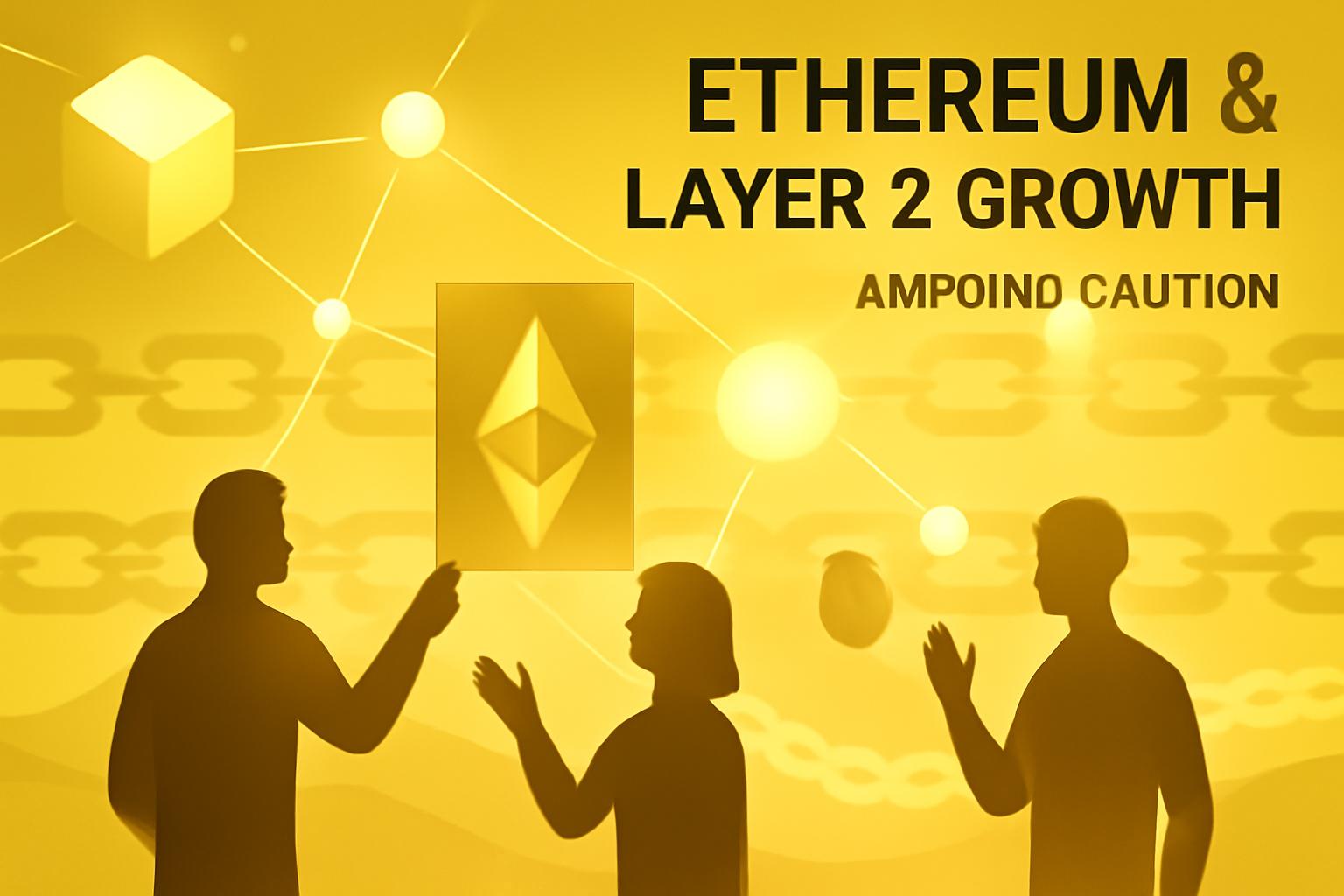Ethereum’s Revenue Decline Sparks Debate Over Network Health
Over the weekend, a Messari analyst ignited controversy by asserting that Ethereum is “dying” due to a significant drop in network revenue. According to AJC, Messari’s research manager, Ethereum’s fee revenue in August 2024 totaled $39.2 million—a decline of more than 40% compared to the previous year and roughly 20% month-over-month.
Layer 2 Adoption and Ecosystem Metrics Tell a Different Story
Despite the revenue downturn, many industry observers argue that Ethereum’s broader network indicators remain robust. The Dencun upgrade implemented in March 2024 lowered transaction fees for Layer 2 (L2) solutions, which use Ethereum as a base layer, thereby reducing revenue but enhancing scalability and user experience.
Henrik Andersson, CIO of Apollo Crypto, told Cointelegraph that data from the Ethereum L2 analytics platform GrowThePie shows the ecosystem is “vibrant,” with stablecoin supply, throughput, and active addresses nearing all-time highs. As of August 30, daily active Ethereum addresses exceeded 552,000—a 21% increase year-to-date, according to YCharts.
Andersson emphasized that Ethereum should not be evaluated purely on revenue metrics. “Ethereum is becoming the neutral decentralized base layer for finance,” he said. “Just like Bitcoin is valued as a store of value rather than revenue, Ethereum’s valuation should reflect its utility and network effects rather than fee income alone.”
Revenue as a Valuation Metric Remains Contested
AJC defended the use of revenue as a key indicator, noting that fees are paid in Ether (ETH), historically a major demand driver. He argued that the decline in revenue signals diminishing consumption demand. Furthermore, he dismissed active addresses and transaction counts as insufficient proxies for network demand.
Ethereum’s Resilience Amid Repeated ‘Death’ Claims
Ethereum has faced at least 150 declarations of its demise since 2014, with approximately 40 occurring in 2024 alone, according to Ethereum Obituaries. Ryan McMillin, CIO of Merkle Tree Capital, characterized these claims as part of periodic narrative downturns linked to fee reductions or competitive pressures.
McMillin acknowledged the theoretical risk that developers and capital could migrate to competing smart contract platforms. However, he highlighted Ethereum’s entrenched developer community, dominant DeFi protocols, and growing regulatory acceptance as factors underpinning its longevity. He described Ethereum as poised to remain a central player in the crypto ecosystem, particularly as it aims to serve as the preferred blockchain for traditional finance applications.
McMillin noted that Ethereum has struggled to find a clear narrative position between Bitcoin’s role as digital gold and Solana’s fast, low-cost transaction model. He also pointed to the recent launch of Ethereum spot exchange-traded funds (ETFs), which have attracted traditional finance inflows and bolstered Ether’s market profile. However, he cautioned that the imminent arrival of Solana spot ETFs could intensify competition for mainstream capital.
Conclusion
The contrasting metrics and interpretations illustrate the complexity of evaluating Ethereum’s health. While fee revenue has declined significantly, broader network activity and Layer 2 scalability improvements suggest an evolving but resilient ecosystem. Market participants should continue monitoring revenue trends, Layer 2 adoption, and competitive dynamics as Ethereum navigates its next phase of development.
FinOracleAI — Market View
The sharp decline in Ethereum’s fee revenue may initially pressure market sentiment, but strong Layer 2 adoption and growing active addresses indicate sustained ecosystem engagement. The Dencun upgrade’s fee reductions, while reducing immediate revenue, could support long-term scalability and usage. Risks include competition from alternative Layer 1 platforms and potential shifts in developer activity. Investors should watch upcoming Solana ETF launches and Ethereum’s ability to maintain its position as the foundational DeFi layer.
Impact: neutral













